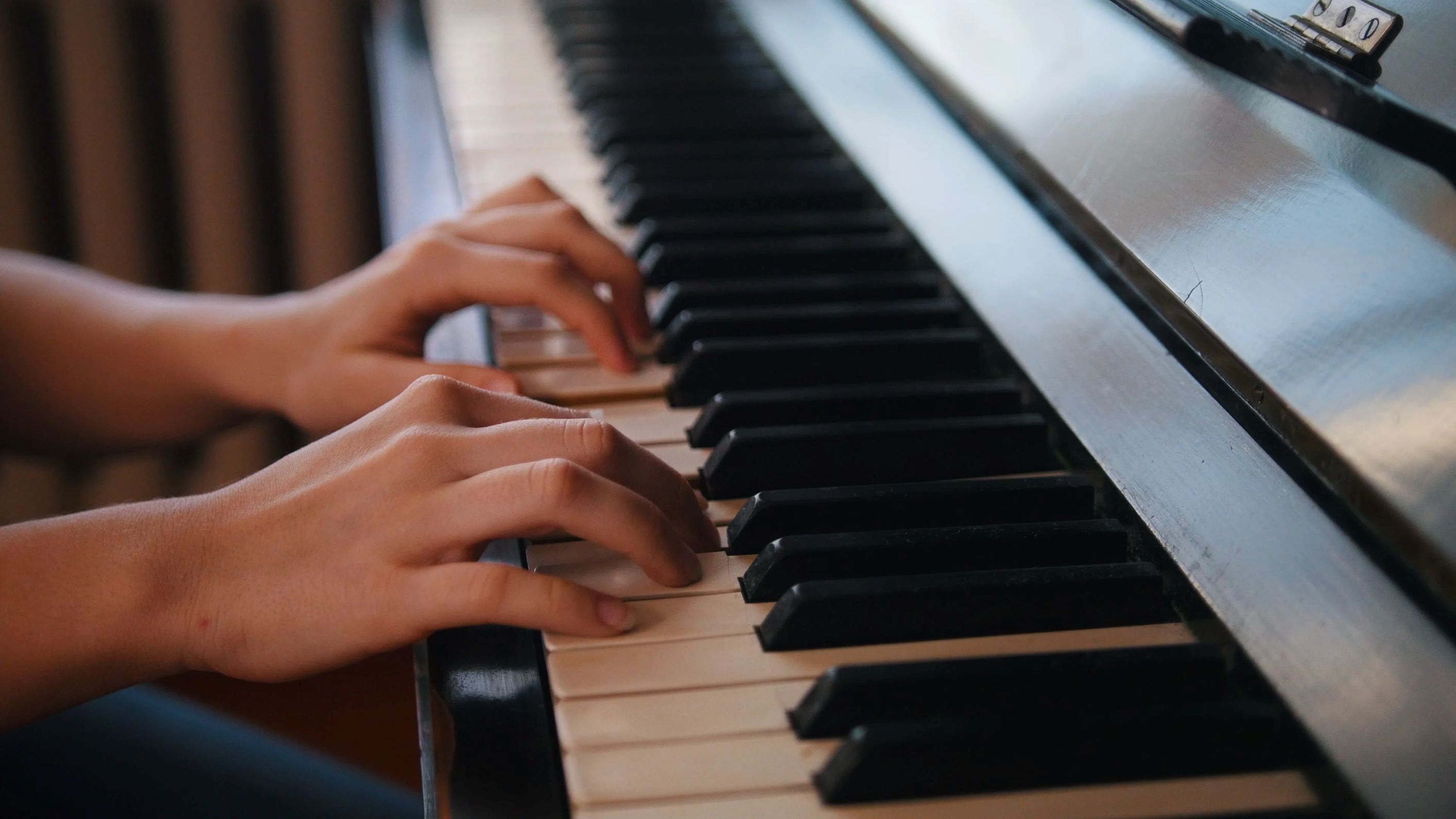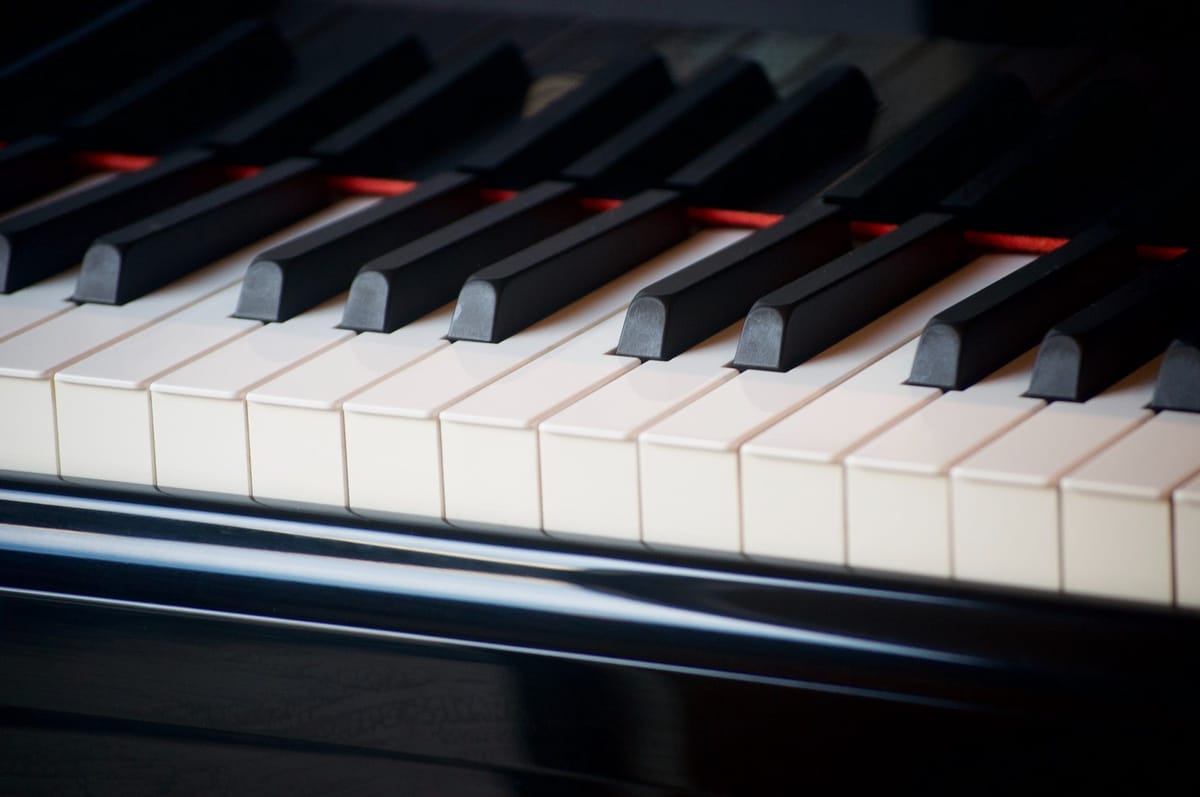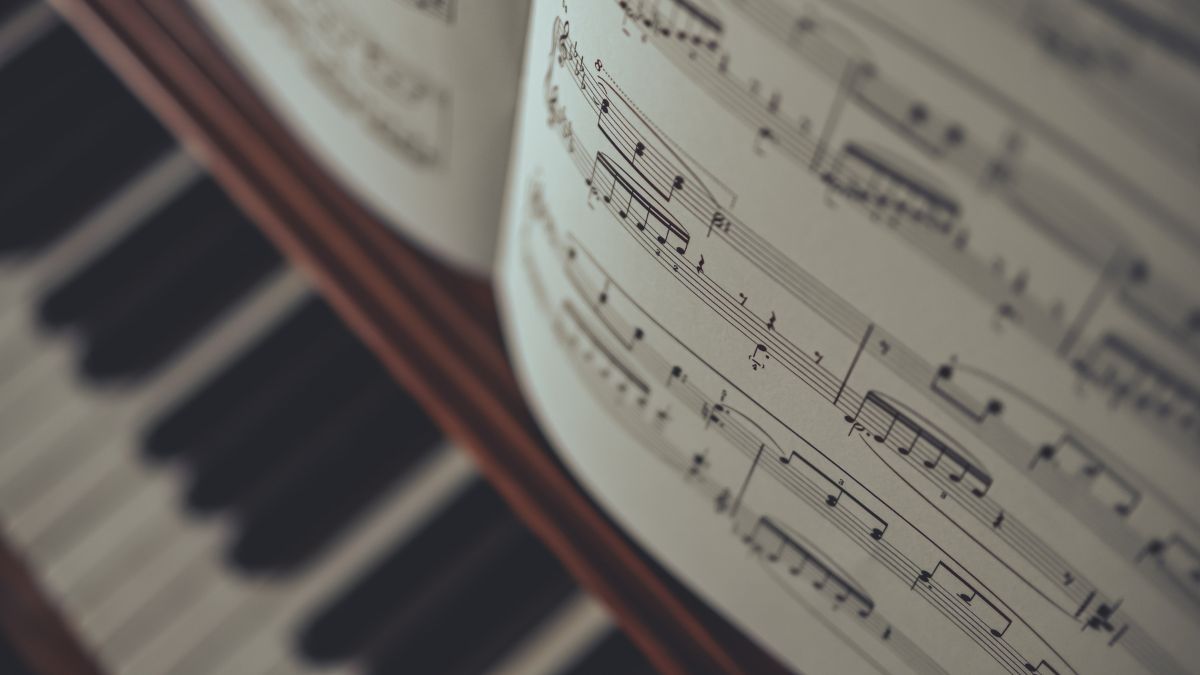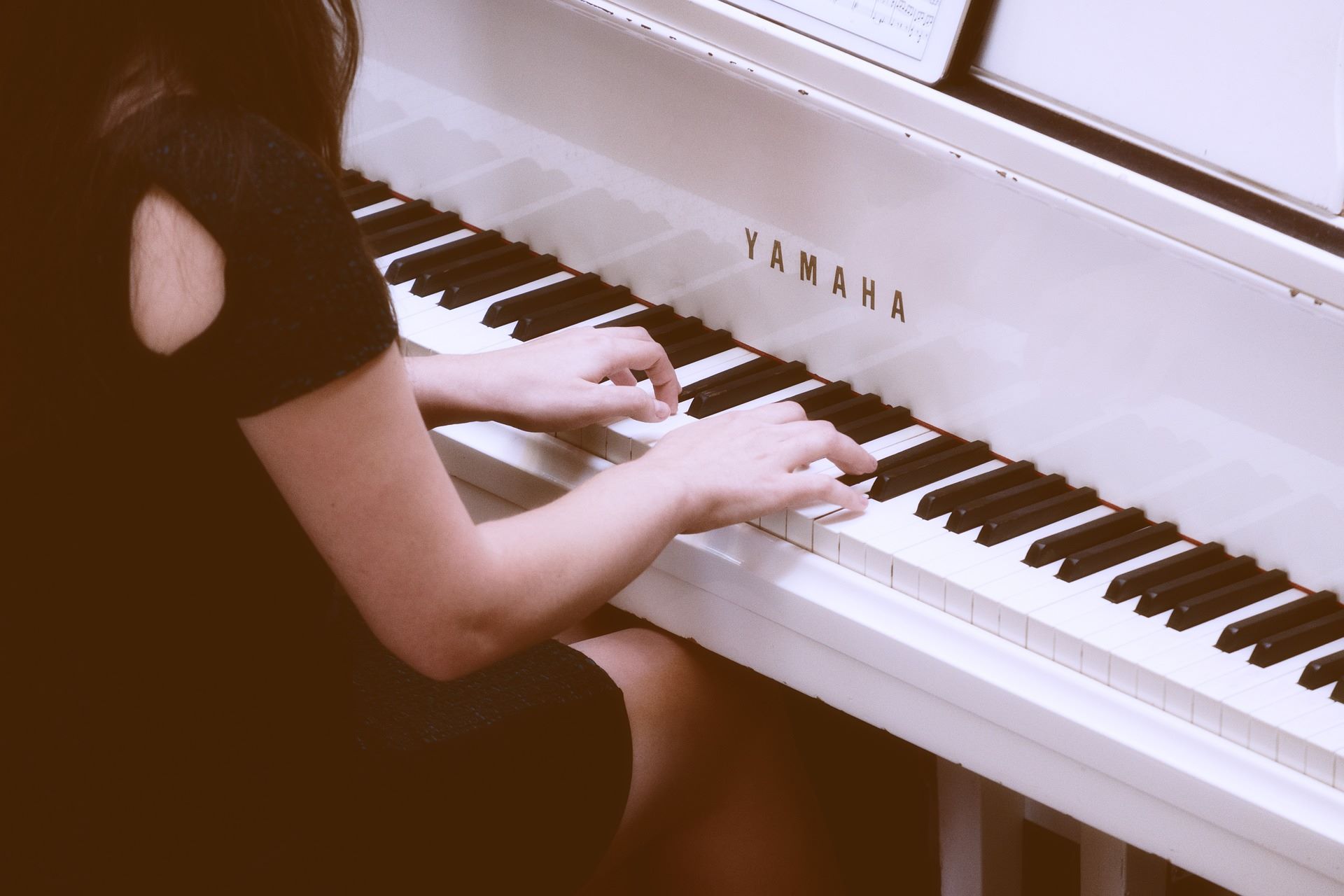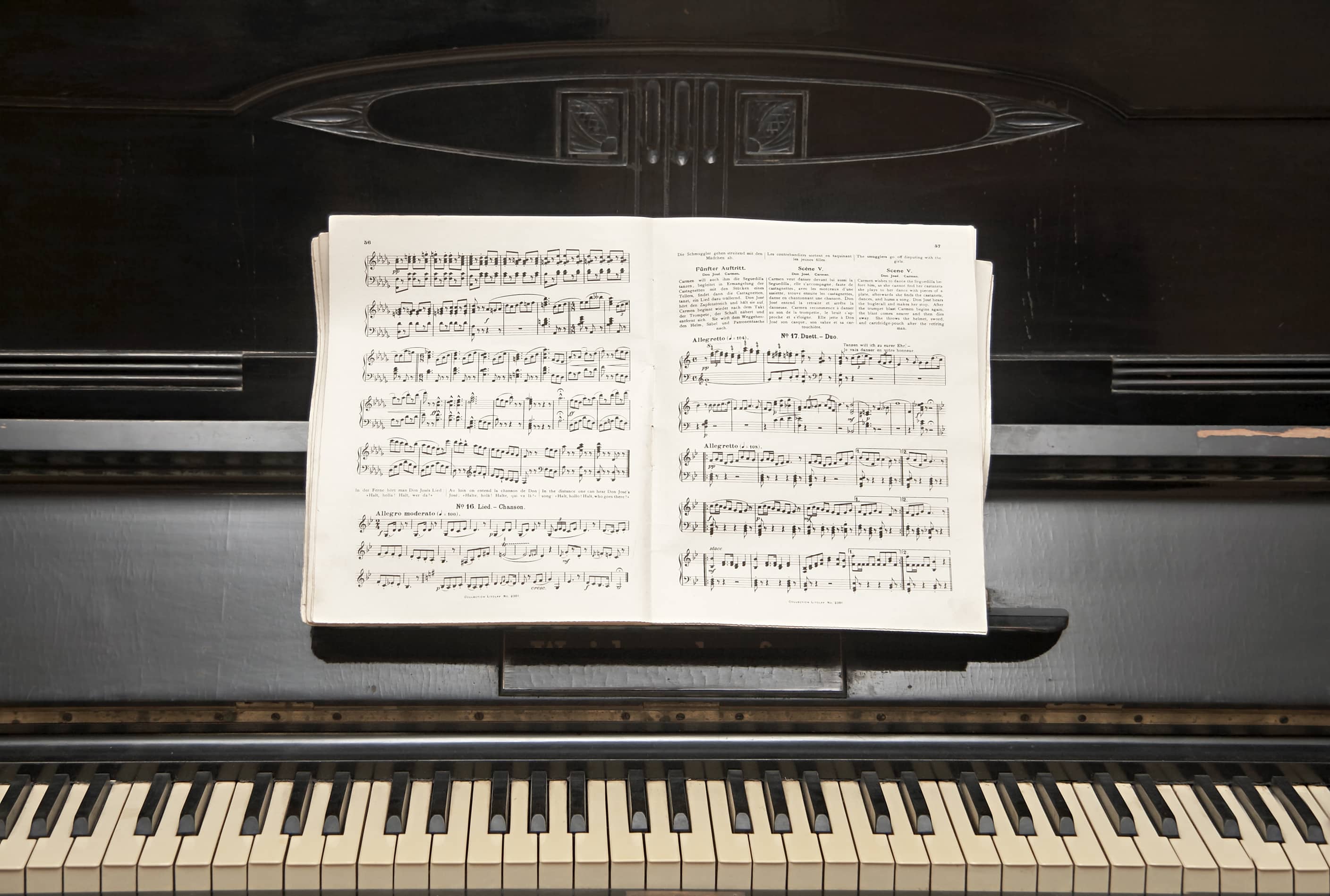Home>Instruments>Piano>How To Read Chords On Piano
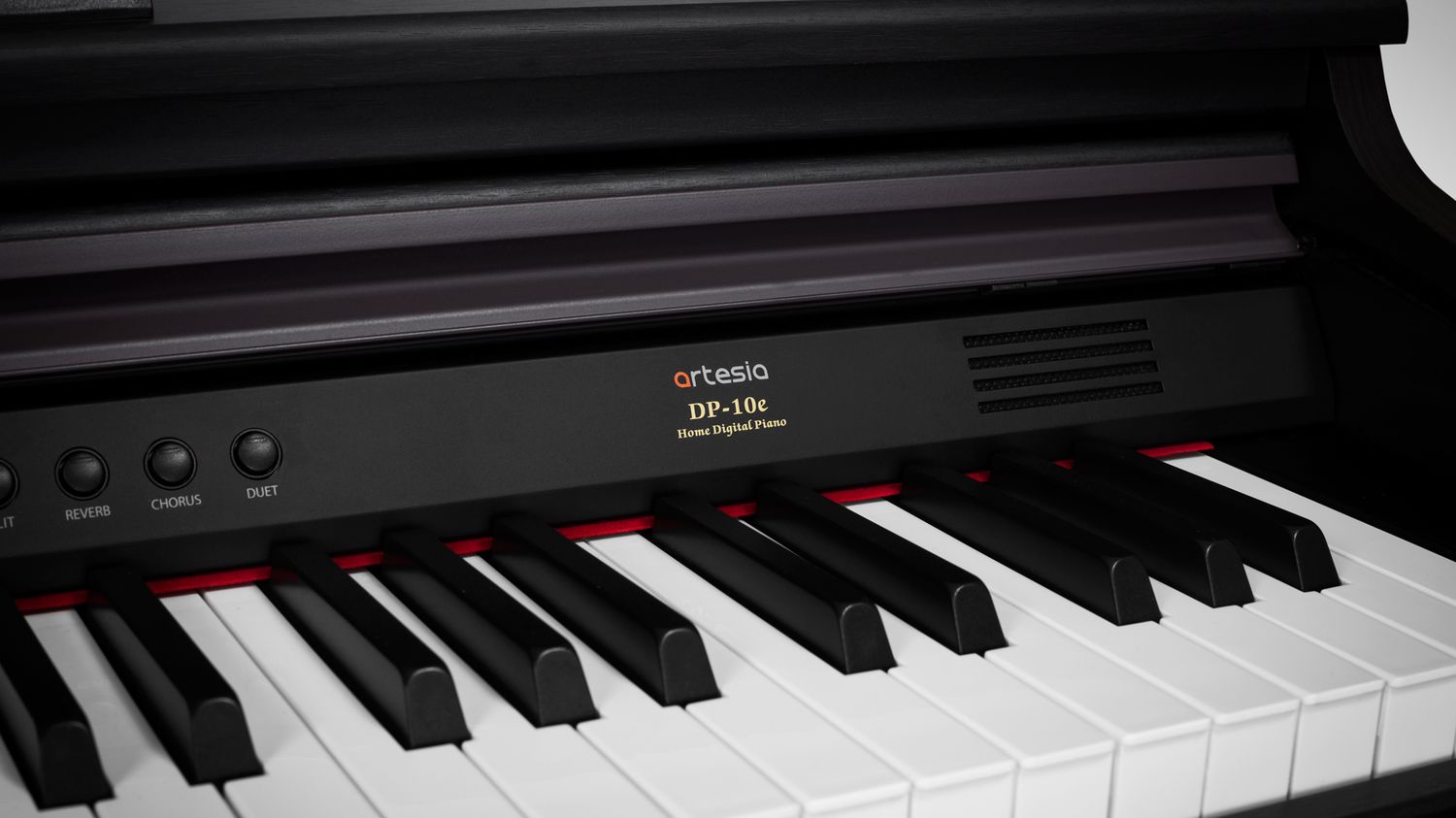

Piano
How To Read Chords On Piano
Published: February 11, 2024
Learn how to read piano chords and play your favorite songs with ease. Master the basics of piano chord notation and start playing today!
(Many of the links in this article redirect to a specific reviewed product. Your purchase of these products through affiliate links helps to generate commission for AudioLover.com, at no extra cost. Learn more)
Table of Contents
Introduction
Playing the piano is a rewarding and enriching experience. Whether you are a beginner or an experienced pianist, understanding how to read chords is a fundamental skill that opens the door to a vast repertoire of music. Chords form the backbone of most songs, providing harmony and structure to the melody. In this article, we will delve into the art of reading chords on the piano, demystifying the notation and empowering you to play a wide range of musical pieces with confidence.
Mastering chord notation is akin to unlocking a secret language that allows you to interpret musical compositions and create your own arrangements. By grasping the principles of chord notation and symbol recognition, you will enhance your musical proficiency and gain the ability to play diverse genres, from classical to contemporary.
Whether you aspire to play classical sonatas, jazz standards, or pop hits, understanding chords is essential for expressing the rich harmonies and progressions that define each musical style. By the end of this article, you will have a solid grasp of chord notation, enabling you to interpret and play chords on the piano with fluency and precision.
Let's embark on this musical journey and unravel the art of reading chords on the piano. Whether you are seated at the keys of a grand piano or an electronic keyboard, the knowledge you gain here will elevate your piano playing to new heights. So, let's dive into the enchanting world of piano chords and discover the magic they bring to your musical endeavors.
Understanding Chord Notation
Chord notation is a system of symbols and letters used to represent the harmony and structure of a musical chord. It provides a concise way to communicate the combination of notes that form a chord, allowing musicians to quickly interpret and play the desired harmonies. In piano music, chord notation is commonly encountered in lead sheets, fake books, and various forms of musical notation.
Chord symbols typically consist of one or more letters representing the root note of the chord, along with additional symbols to indicate the chord quality, extensions, and alterations. The root note is the foundational pitch upon which the chord is built, and it is denoted by a letter corresponding to the musical pitch, such as C for the note C, D for the note D, and so on.
Furthermore, chord quality is conveyed through symbols such as “m” for minor, “M” for major, “dim” for diminished, and “aug” for augmented. These symbols modify the basic triad formed by the root, third, and fifth of the chord, altering its sound and character. Additionally, extensions and alterations, such as ninths, elevenths, and thirteenths, as well as flat (♭) and sharp (#) indications, further enrich the chord notation, providing musicians with a comprehensive understanding of the desired harmonic structure.
Understanding how to interpret these symbols is crucial for pianists, as it enables them to play chords accurately and effectively. By mastering chord notation, pianists gain the ability to harmonize melodies, accompany other musicians, and improvise creatively. This foundational knowledge serves as a gateway to musical fluency and empowers pianists to explore a vast repertoire of music with confidence and skill.
As we delve deeper into the world of piano chords, the ability to decipher chord notation will become an invaluable asset, allowing you to unlock the harmonic richness of diverse musical compositions and express your musicality with finesse and artistry.
Identifying Chord Symbols
Recognizing and interpreting chord symbols is a fundamental skill for pianists, as it enables them to effectively translate musical notation into harmonies on the keyboard. When encountering chord symbols in sheet music or lead sheets, it is essential to understand the components that comprise these notations and how they translate to the piano.
The first element of a chord symbol is the root note, which is indicated by a letter representing the pitch of the chord. For example, the chord symbol “C” signifies that the chord is built upon the note C. This fundamental element serves as the starting point for understanding and playing the chord on the piano.
Additionally, chord symbols may include modifiers that convey the quality and characteristics of the chord. For instance, the symbol “Cm” denotes a C minor chord, while “Cmaj7” represents a C major seventh chord. These modifiers provide crucial information about the chord’s structure and sound, guiding pianists in accurately reproducing the intended harmonies.
Extensions and alterations are another aspect of chord symbols that enrich the harmonic palette available to pianists. Symbols such as “C7” indicate a dominant seventh chord, “Cmaj9” represents a C major ninth chord, and “Cm7♭5” signifies a C minor seventh flat five chord. These extensions and alterations expand the harmonic possibilities, allowing pianists to infuse their playing with depth and complexity.
When identifying chord symbols, it is important to consider their context within the musical piece. Paying attention to chord progressions, melodic lines, and overall harmonic structure enhances the comprehension of chord symbols and their role in the music. This holistic approach enables pianists to interpret and perform the chords in a manner that aligns with the stylistic and expressive nuances of the composition.
By honing the skill of identifying chord symbols, pianists equip themselves with the ability to navigate diverse musical genres and interpret a wide array of musical compositions. This proficiency fosters musical versatility and empowers pianists to engage with music in a nuanced and expressive manner, enriching their playing and captivating audiences with the depth of their interpretations.
Playing Chords on the Piano
Translating chord symbols into harmonious sounds on the piano is a skill that elevates a pianist’s musical capabilities. Whether accompanying a vocalist, improvising in a jazz ensemble, or performing a solo piece, the ability to play chords with proficiency and expression is essential for pianists across various musical contexts.
When approaching chords on the piano, it is crucial to understand the basic structure of chords and their voicings. A chord voicing refers to the specific arrangement and spacing of the notes within a chord, determining its sound and character. For example, a C major chord can be voiced with the notes C, E, and G in various octaves and configurations across the keyboard, each voicing imparting a distinct sonic texture.
Developing fluency in playing chords involves familiarizing oneself with common chord shapes and inversions, enabling smooth transitions between chords and facilitating fluid and expressive playing. Practice and experimentation with different voicings and fingerings enhance a pianist’s ability to navigate chords seamlessly and create compelling harmonic progressions.
Furthermore, understanding the harmonic function of chords within a piece of music is essential for interpreting and performing them effectively. Chords serve as pillars of harmony, providing support to the melody and contributing to the overall emotional landscape of the music. By internalizing the harmonic relationships between chords and their role in the musical narrative, pianists infuse their playing with depth and sensitivity.
Expressive interpretation of chords involves attention to dynamics, touch, and phrasing, allowing pianists to imbue the harmonies with nuance and emotion. By varying the intensity and articulation of chordal passages, pianists shape the musical expression, creating moments of tension, release, and resonance that captivate listeners and convey the essence of the music.
As pianists delve into the art of playing chords, they embark on a journey of discovery and creativity, exploring the boundless possibilities of harmonic expression. Whether crafting lush, expansive chords in a romantic ballad or punctuating a rhythmic groove with crisp, percussive chordal stabs, the mastery of playing chords on the piano enriches musical performances and resonates with audiences on a profound level.
Common Chord Progressions
Chord progressions form the backbone of countless musical compositions, shaping the harmonic landscape and guiding the emotional trajectory of the music. Understanding common chord progressions equips pianists with a versatile toolkit for interpreting and creating music across various genres and styles, from classical to contemporary. These progressions serve as the building blocks of musical structure, providing a framework for melodic development and expressive storytelling.
One of the most ubiquitous chord progressions is the I-IV-V-I progression, which is prevalent in numerous musical genres. In the key of C major, this progression comprises the chords C, F, G, and back to C. This sequence embodies a sense of resolution and closure, making it a staple in countless compositions and serving as a foundation for musical exploration and improvisation.
Another widely utilized progression is the ii-V-I, commonly found in jazz and popular music. In the key of C major, this progression features the chords Dm7, G7, and Cmaj7. The ii-V-I progression embodies a sense of tension and release, propelling harmonic movement and lending a sense of momentum to the music.
Furthermore, the vi-IV-V-I progression, often encountered in pop and rock music, offers a compelling harmonic journey. In the key of C major, this progression includes the chords Am, F, G, and C, infusing compositions with a blend of introspection, nostalgia, and resolution.
Understanding these and other common chord progressions empowers pianists to navigate diverse musical repertoire with confidence and insight. By internalizing the harmonic relationships within these progressions, pianists develop a keen sense of musical structure and are able to anticipate and interpret the harmonic nuances present in a wide array of compositions.
Additionally, recognizing variations and reinterpretations of these progressions across different musical styles enhances a pianist’s adaptability and creativity. Whether exploring the lush, romantic progressions of classical compositions, the sophisticated harmonic landscapes of jazz standards, or the infectious, rhythmic progressions of contemporary pop music, pianists draw upon their knowledge of common chord progressions to infuse their performances with authenticity and depth.
As pianists delve into the realm of common chord progressions, they embark on a journey of harmonic discovery and artistic expression, uncovering the timeless allure and emotive power of these foundational musical elements. By embracing the nuances and possibilities inherent in chord progressions, pianists enrich their musical interpretations and engage with audiences on a profound and resonant level.




